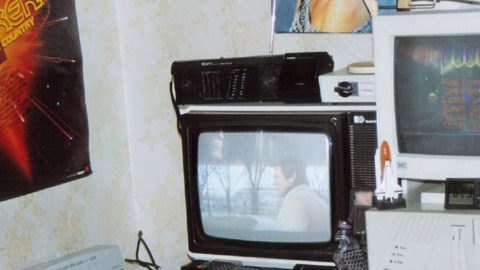
The 1990s, the decade that never ended
In 2013, the New Museum in New York presented an exhibition titled NYC 1993: Experimental Jet Set, Trash and No Star (named after an album by Sonic Youth). It curated art from the year of Bill Clinton’s inauguration. Soon after, New Jersey’s Montclair Art Museum featured Come As You Are: Art of the 1990s (named after a song by Nirvana). Jason Farago, writing about these shows for the BBC, posited that “this wave of 1990s shows marks a welcome effort to impose historical rigour on a period we still sometimes call ‘contemporary,’” but, “they reveal that the gap between then…

